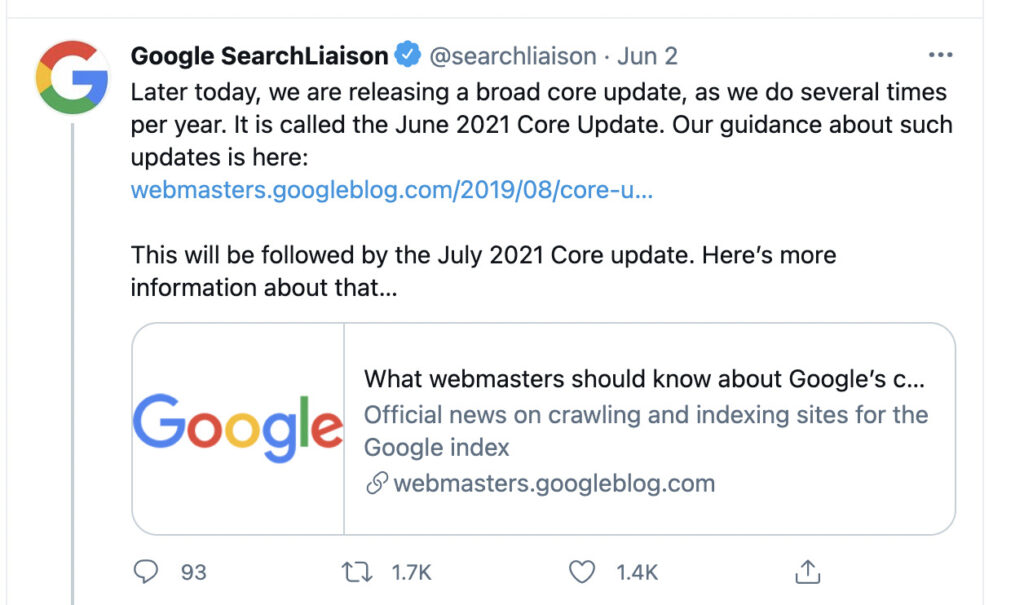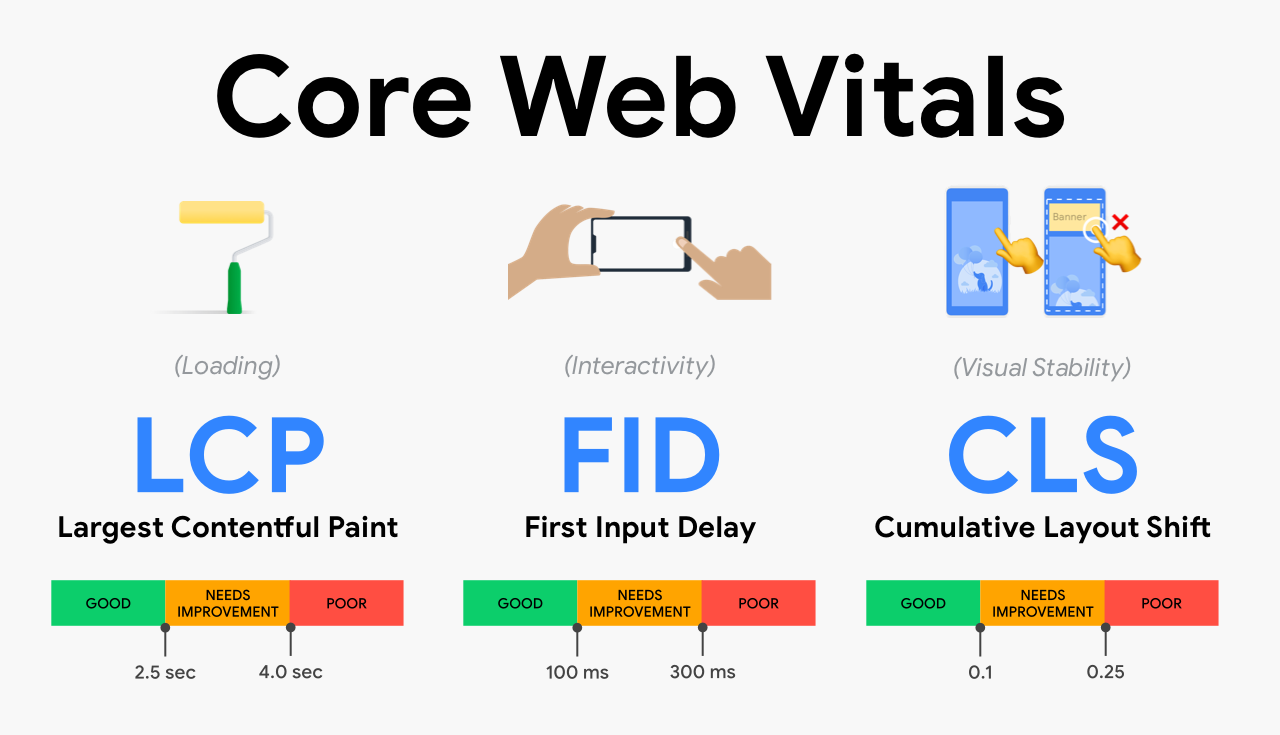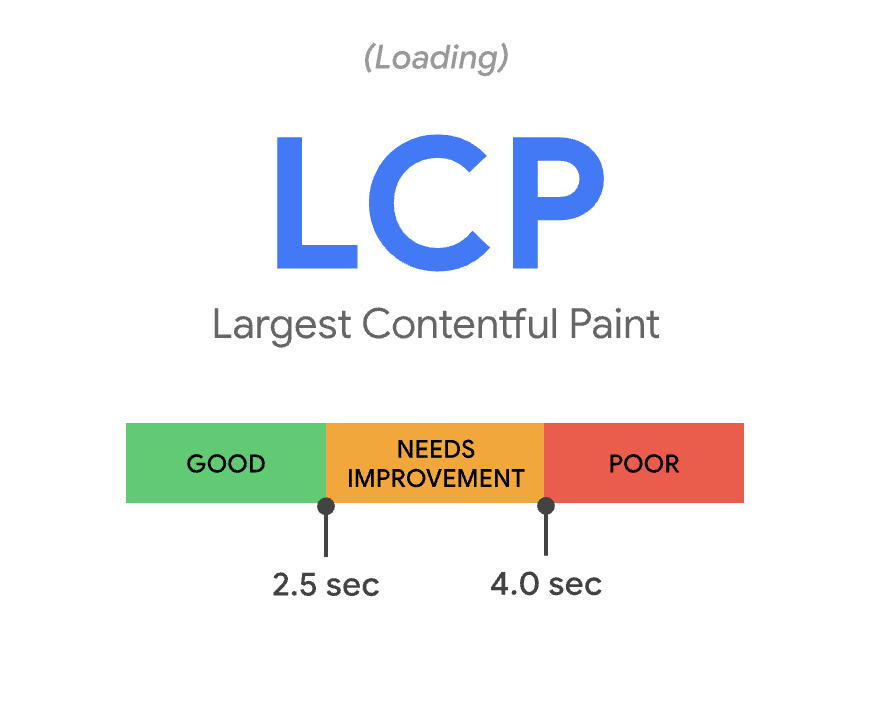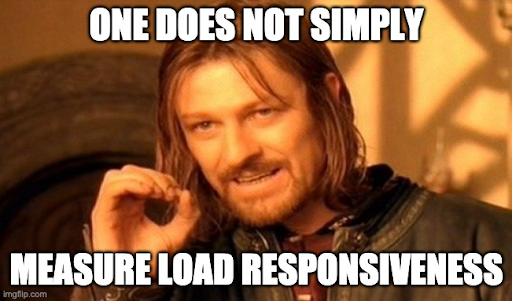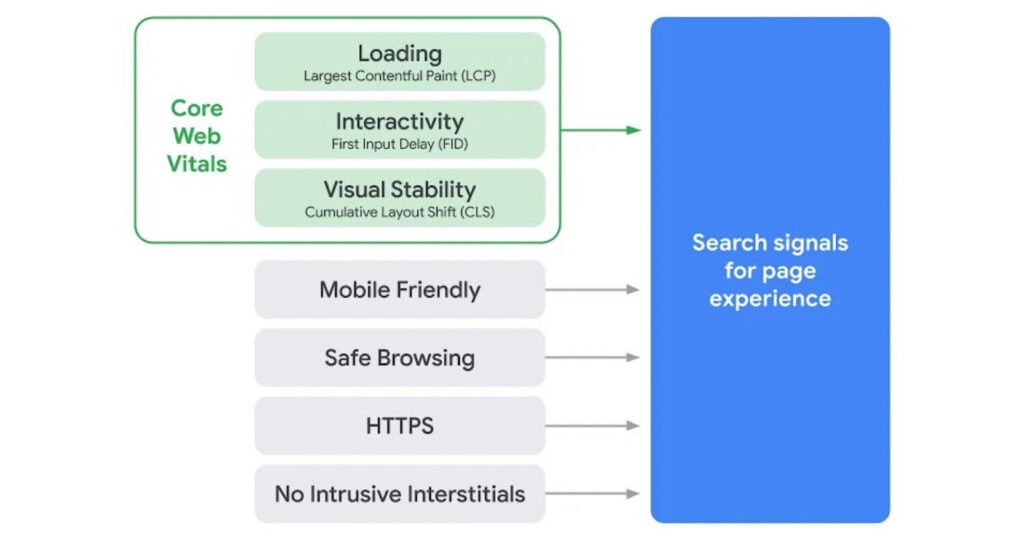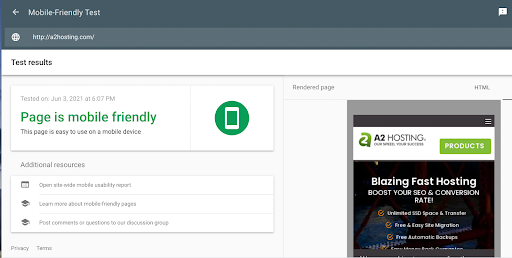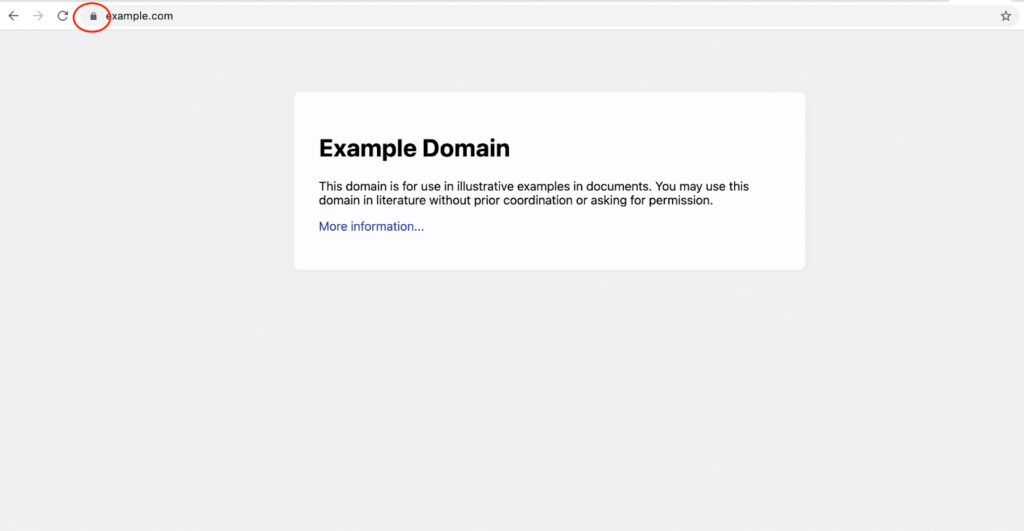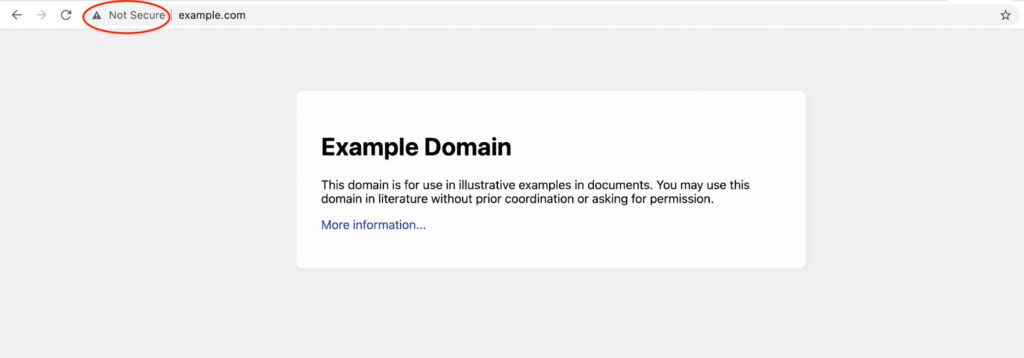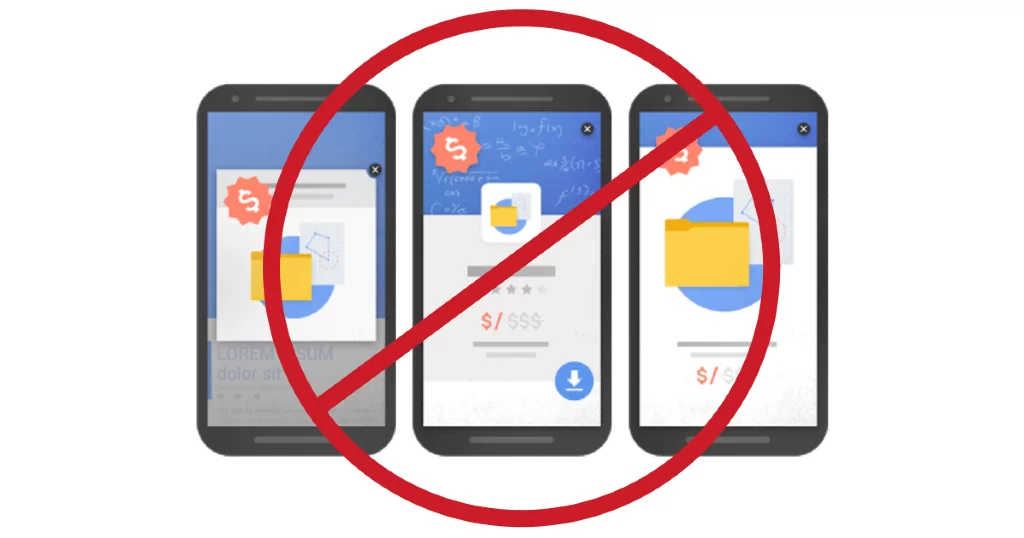Google’s Core Web Vitals Is Updating and So Should You: A Guide to Optimizing your Site’s UX
According to Google’s latest Core Vitals update, Part 2 will be rolling out in the next couple of weeks. Before this next update occurs, you’ll want to anticipate how this may affect your website and make changes accordingly.
Introduction to the Core Web Vitals
Google’s Core Web Vitals initiative provides streamlined guidelines that aid in promoting a quality user experience on the World Wide Web. Wait, huh?
They are metrics measuring the overall perceived user experience based on interactions with your website. You will receive a score based on your page’s overall UX. This page experience score is an official Google ranking factor. The question is, will you be among the mighty or the fallen?
How can I find my site’s Core Web Vitals?
First, you will need to sign up your domain with Google Search Console. Once your domain is verified and you have an account, you can continue to the enhancements section.
So what are the Core Web Vitals?
A quick Google search will show you this image,
Google loves their acronyms (and their primary colors), but what exactly do these acronyms stand for?
Largest Contentful Paint (LCP) measures perceived page load speed. Strive for <=2.5s.
What this means: This is the time from when the link is first clicked to when the main content is loaded and visible to the user on the screen.
Okay, but how is this any different from Time to First Byte? (TTFB) This measures the user’s experience and not simply the responsiveness of the web server.
How can I improve my site’s LCP?
- Upgrade your server. Not a member with A2 Hosting or already a member and interested in upgrading? Let us help you.
- Our Turbo servers use a drop-in Apache replacement called Litespeed, but are also built with NVMe storage, and the AMD EPYC processors making these the perfect upgrade for sites in need of additional power.
- Consider a Content Delivery Network (CDN). Since your content is hosted on a single server, users farther from this server will have slower load times. A CDN will provide a link to both your server and any faraway users. Our servers are CloudFlare compatible so you can easily set this up.
- Compress images. In many cases, images are the largest element on a page. Improving the load and render time for these images has a direct impact on improving your LCP score.
For more suggestions, Google has a guide on optimizing LCP. Here are 3 platforms we recommend for measuring your website’s performance.
First Input Delay (FID) measures load responsiveness and interactivity. Strive for <=100ms.
What this means: This is the time from when a user first interacts with the site to the time it takes for a browser to respond.
What are some examples of these interactions?
- Clicking a link
- Tapping on a button
- Choosing an option from the dropdown menu
I get it but how is this different from page-load speed? FID does not simply measure load responsiveness, it measures the time it takes for users to interact with a page.
How can I improve my site’s FID?
- Reduce Javascript Execution. Optimize how JavaScript functions on your website.
- Use a web worker.
- Use a browser cache like Litespeed. Our Turbo servers include Litespeed, the fastest caching agent you can find.
Read Google’s full guide on optimizing your FID. Here are 3 platforms we recommend for measuring your website’s performance.
Cumulative Layout Shift (CLS) measures visual elements and overall design stability. Strive for <=0.1s.
What this means: The elements on your page are stable as the page loads.
Users don’t want to play a game of “Link Tetris” where elements of your page are constantly moving around as it loads. Users want stability and reliability.
How can I improve my site’s CLS?
- Include width and height size attributes to images and video elements. This guarantees image stability as the image is loading on the page.
-
- Reduce ad shift. Strategically place, reserve static space, and include set dimensions for advertisements.
- Avoid inserting new content above existing content. The user remembers your site layout a certain way. Be careful with dynamic content or else your user will be left confused and frustrated.
Read Google’s full guide on optimizing your CLS. Here are 3 platforms we recommend for measuring your website’s performance.
How can I measure my Core Vitals?
Google offers a myriad of tools for measuring these elements. These tools include:
- Lighthouse
- PageSpeed Insights
- Chrome DevTools
- Search Console
- Web.dev’s measure tool
- Web Vitals Chrome extension
- Chrome UX Report API
What other web vitals are there?
Is my website mobile-friendly?
Your site should be fully optimized for a mobile device with responsive themes, larger font sizes, and an accessible site navigator, among other practices.
Check if your site is mobile-friendly here.
Does my site allow for safe browsing?
Your site should be free of malware, other harmful content, and deceptive downloads.
We’ve partnered with Sucuri services to provide superior website monitoring, firewall protection, and enhanced malware scanning services.
Is my connection safe with HTTPS?
The connection to your website needs to be secure. To achieve this, you will need to add an SSL certificate.
Not sure if you have an SSL certificate? The method of finding out will depend on your browser, either:
- Look for https:// in your address bar. If it says http:// then your URL is unencrypted.
OR
- Look for a closed padlock icon at the beginning of your address bar. If it isn’t present, your browser may say “Not Secure.”
An example of a site with a secure connection and encrypted data.
Beware of hackers! An example of a site with an insecure connection and unencrypted data.
Is my site free of intrusive interstitials?
Your site should be free of extraneous content and unnecessary pop-ups covering the majority of a webpage.
Hopefully, by now you feel educated on Google’s Core Web Vitals.
And now your homework for this week:
- Test each of the Core Web Vitals.
- Make sure your site mobile is friendly.
- Add safe browsing-friendly services like Sucuri.
- Get yourself an SSL certificate.
- Just say no to those intrusive, pestering interstitials!
If you’re still a bit confused on how Google Core Vitals impact your website or you’d like to purchase an additional search signal-friendly service, please contact our sales team today.

